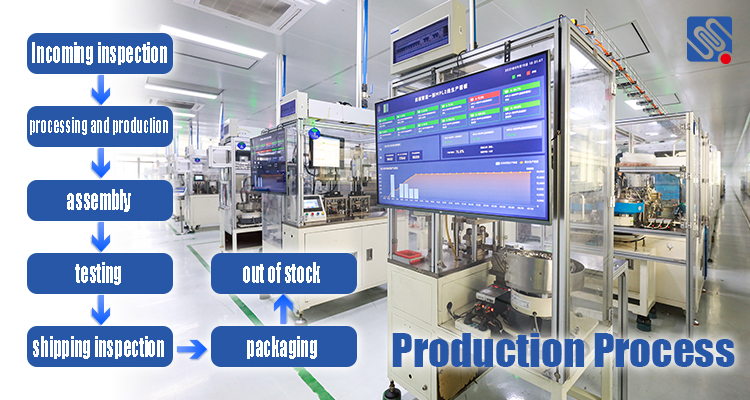relay production: key processes and innovations in manufacturing
Release time:2025-08-22 03:52:57
Relay production is a critical aspect of modern electronics manufacturing, with relays playing an indispensable role in numerous applications across various industries. These small but powerful components allow for the control of high-power circuits with low-power signals, ensuring both safety and efficiency in electrical systems. The production of relays involves several essential processes, ranging from raw material selection to final quality testing. In this article, we will explore the key stages of relay production and the innovations that have made this industry an essential part of modern technology.

1. Material Selection and Preparation
The first step in relay production is the careful selection and preparation of materials. A relay typically consists of several key components, including the coil, contacts, armature, and spring. The coil is often made from copper wire, which is wound tightly to form a solenoid that generates a magnetic field when energized. The contacts, which are responsible for completing or breaking the electrical circuit, are usually made from silver or silver-alloy to ensure low electrical resistance and good durability.
In addition to the primary components, the casing and other mechanical parts are typically made from plastic or metal, chosen for their insulating properties and resistance to environmental factors. The materials must be sourced with a focus on quality to ensure the relay's reliability and longevity.

